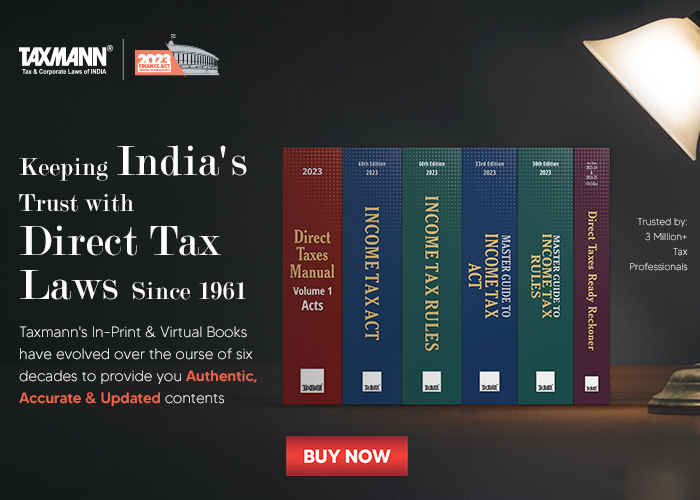Surcharge to Be Levied on Private Discretionary Trust Shall Be Computed as per Slab Rates | ITAT Special Bench
- News|Blog|Income Tax|
- 3 Min Read
- By Taxmann
- |
- Last Updated on 11 April, 2025
Case Details: Araadhya Jain Trust vs. Income-tax Officer - [2025] 173 taxmann.com 343 (Mumbai-Trib.)
Judiciary and Counsel Details
- B.R. Baskaran, Accountant Member, Saktijit Dey, Vice President & C.V. Bhadang, President
-
Mihir Naniwadekar, Adv. & Rohan Deshpande for the Appellant.
-
Kiran Unavekar, Sr. DR for the Respondent.
Facts of the Case
The assessee, Araadhya Jain Trust, a Private Discretionary Trust, filed its return of income for AY 2023–24, declaring income of Rs. 4,85,290. It paid tax at the “maximum marginal rate” as per section 164 read with section 2(29C) of the Income-tax Act.
While processing ITR, the Centralized Processing Centre (CPC) levied a surcharge at the highest rate on the computed tax. The assessee contended that the surcharge should not apply since the total income was below Rs. 50 lakhs. Both the CPC and the CIT(A) rejected this argument, citing that the definition of “maximum marginal rate” includes the highest surcharge, hence applicable regardless of income level.
A Special Bench was constituted by the Hon’ble President of ITAT, in terms of section 255(3) of the Income Tax Act, 1961, to decide the following issue:
“Whether, in the case of private discretionary trusts whose income is chargeable to tax at maximum marginal rate, surcharge is chargeable at the highest applicable rate or at a slab rates?
ITAT Held
The Tribunal held that section 2(29C) of the Act defines the maximum marginal rate as the highest slab rate of income tax in the case of an individual or association of persons, as specified in the Finance Act. The section does not make any reference to the levy of surcharge.
The expression ‘including Surcharge on income-tax, if any’ within the bracketed portion of section 2(29C) of the Income Tax Act, would mean the surcharge as provided in the computation mechanism under the heading ‘surcharge on income tax’ provided in section 2 of the Finance Act.
The different rates of surcharge on income tax provided under the First Schedule to the Finance Act, 2023 for different slabs of income would become meaningless so far as discretionary trusts are concerned if the highest rate of surcharge is applied to the maximum marginal rate of tax.
In other words, the rate of surcharge has to be determined in terms with the rate prescribed under the schedule to section 2(1) of the relevant Finance Act and not at the maximum marginal rate, irrespective of the quantum of income or the rates provided under the schedule.
The Finance Act contains separate provisions for the levy of surcharge, and there is no reference to the maximum marginal rate in those provisions. Therefore, the surcharge must be computed at the rates prescribed in the Finance Act for the relevant assessment year. The levy of surcharge at the maximum marginal rate was not justified.
Accepting Revenue’s view would render the entire slab-based surcharge mechanism meaningless and cause absurd results. Accordingly, it held that a surcharge should be levied based on the slab rates applicable to the total income.
List of Cases Referred to
- CIT v. K. Srinivasan [1972] 83 ITR 346 (SC) (para 9)
- ITO v. Tayal Sales Corporation [2003] 1 SOT 579 (Hyderabad) (para 10)
- Lintas Employees Professional Development Trust v. ITO ITA No. 4791/Mum/2023 (para 10)
- Ujjwal Business Trust v. CPC ITA No. 602/Mum2024 (para 10)
- Lintas Employees Holiday Assistance Trust v. CPC ITA No. 1796/Mum/2024 (para 10)
- Lintas Employees Holiday Assistance Trust v. ITO ITA No. 3949/Mum/2024 (para 10)
- V. Meera Charitable Trust v. ITO ITA No. 2140/Chny/2024 (para 10)
- Fuerst Day Lawson Ltd v. Jindal Exports Ltd 2011 (8) SCC 333 (para 11)
- Anant Bajaj Trust v. Deputy DIT ITA No. 1995/Mum/2024 (para 12)
- Gosar Family Trust v. CIT [1995] 81 Taxman 146/215 ITR 55 (SC) (para 12)
- CIT v. J.K. Holdings [2003] 133 Taxman 443/[2004] 270 ITR 593 (Bombay) (para 12)
- CIT v. J.H. Gotla [1985] 23 Taxman 14 j/156 ITR 323 (SC) (para 17)
- Anant Bajaj Trust v. DDIT ITA No. 199/Mum/2024 (para 20)
- Araadhya Jain Trust v. ITO ITA No. 2197/Mum/2024 (para 20).
Disclaimer: The content/information published on the website is only for general information of the user and shall not be construed as legal advice. While the Taxmann has exercised reasonable efforts to ensure the veracity of information/content published, Taxmann shall be under no liability in any manner whatsoever for incorrect information, if any.
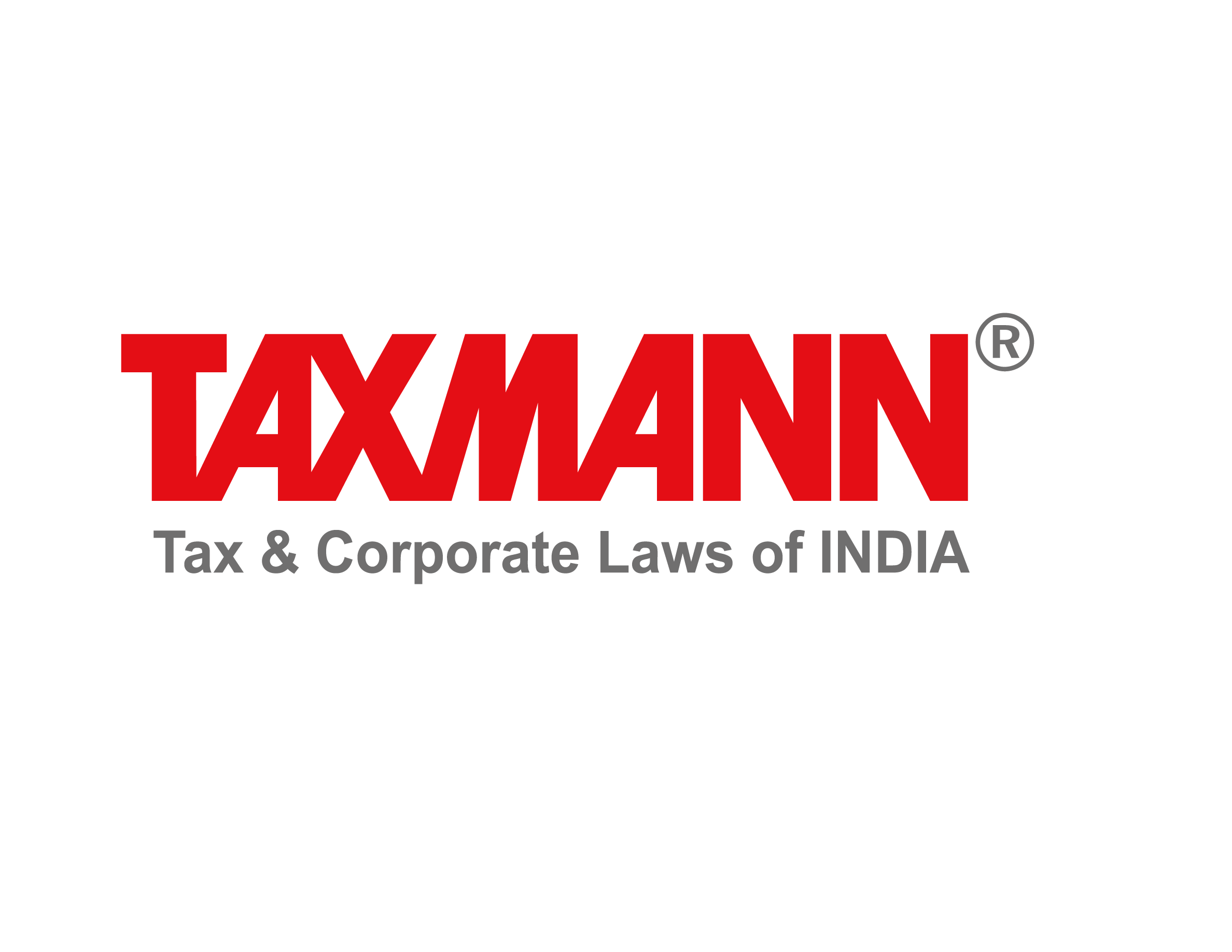
Taxmann Publications has a dedicated in-house Research & Editorial Team. This team consists of a team of Chartered Accountants, Company Secretaries, and Lawyers. This team works under the guidance and supervision of editor-in-chief Mr Rakesh Bhargava.
The Research and Editorial Team is responsible for developing reliable and accurate content for the readers. The team follows the six-sigma approach to achieve the benchmark of zero error in its publications and research platforms. The team ensures that the following publication guidelines are thoroughly followed while developing the content:
- The statutory material is obtained only from the authorized and reliable sources
- All the latest developments in the judicial and legislative fields are covered
- Prepare the analytical write-ups on current, controversial, and important issues to help the readers to understand the concept and its implications
- Every content published by Taxmann is complete, accurate and lucid
- All evidence-based statements are supported with proper reference to Section, Circular No., Notification No. or citations
- The golden rules of grammar, style and consistency are thoroughly followed
- Font and size that’s easy to read and remain consistent across all imprint and digital publications are applied
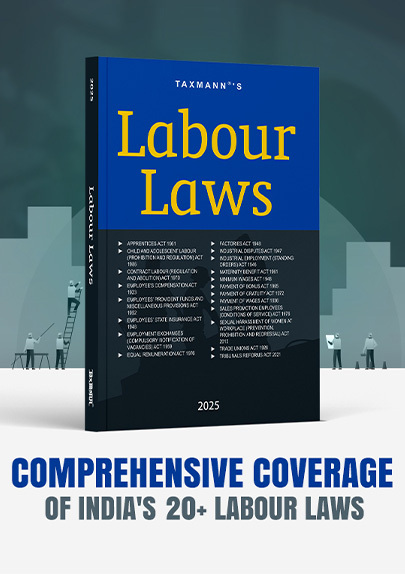

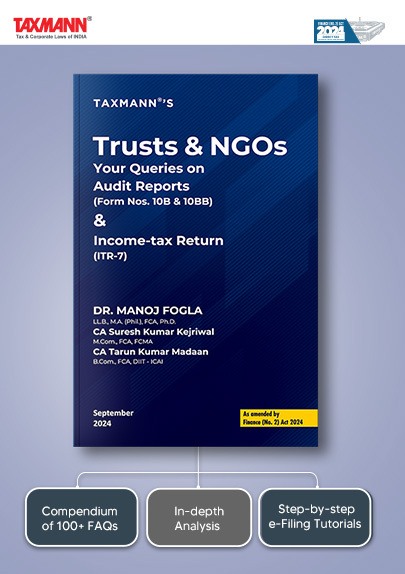
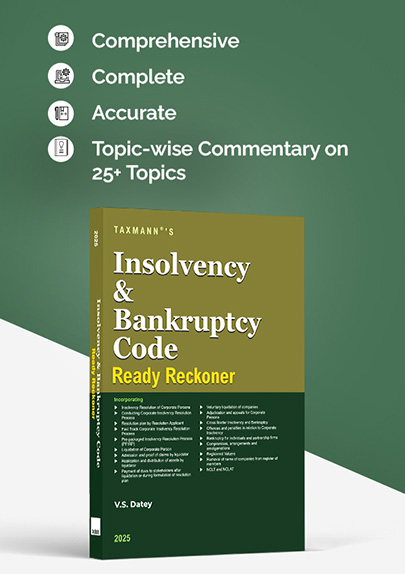

 CA | CS | CMA
CA | CS | CMA


